Choosing a Safe
A safe is usually a long-term and important investment. You will likely have your safe for the foreseeable future – usually longer than you own your car, and sometimes your house! Think about that when you are making your decision, and do not get trapped into the mindset of saving a little money at the expense of getting what you really need to protect your valuables. If you have the funds, you should buy the highest rated safe that is in your budget. A safe is really insurance – and like insurance, you hope you never need to use it, but if you do it can be a lifesaver! Speaking of insurance, you should consider checking with your insurance company if you have high value goods, as they may have specific requirements and suggestions.
There are several factors to consider when deciding on the right safe for your needs, but the following criteria are of upmost importance when making that consideration:
- Size and Installation Location
- Security Rating
- Fire Resistance
- Type of Lock
Size:
Make sure you get a safe that will be large enough to hold everything you want to put inside of it, plus leave a little room for future items. Pile everything in one place, and that will give you an idea of how much space you need. Keep in mind that some safes, especially fire and high security safes, have thick walls, which decreases the interior space available. Most safe companies online give both outer and inner dimensions in their product specs.
When thinking about the size of your safe, you must consider where it will go. If it is going to be put inside a closet, be sure to include the handle in the depth dimension, which often adds 2″ to the depth. You should also take the weight into account when deciding where to place the safe. Very heavy safes, such as TL safes and some fire safes, might be best kept in a garage, or other easy access location.
Putting a very heavy safe inside or upstairs can add significantly to the cost to install the safe. Also, it may not even be safe to put something so small and heavy in an upstairs location due to structural integrity. Furthermore, moving a very heavy safe over tile or up the stairs might invite cracked tiles and / or damaged stairs. Some installers will have you sign a damage waiver before attempting such moves, since it is a risky process.
Security Rating:
Safes come in many varieties and burglary resistance levels. In general, the saying, “You get what you paid for” rings true when purchasing a safe. You must decide how valuable the things you are protecting are and buy the appropriate safe security rating level. If you are considering purchasing a safe, you should look at it as a long-term investment. Do not be tempted to save a few hundred dollars and end up with a safe that is not very secure. Do your homework and see if there are any reviews or YouTube videos for the safe you like.
Some safes are so poorly constructed they can be opened with a large screwdriver. Many of the less expensive gun safes can be opened within a few minutes with a crowbar. Once you see the word “burglary” safe in the name (such as “Fire & Burglary Safes”), you know you are looking at higher security safes. The ultimate in protection are TL safes, which have undergone serious testing by Underwriters Laboratories to confirm they are as secure as they claim.
Fire Resistance:
Fire resistance is a huge concern for many safe buyers. There are two primary ways safes provide fire protection. The most common method, and this is true for most gun safes, is to use gypsum board (drywall) to line the interior of the safe. Gypsum board has a fire rating associated with it, so safe manufacturers will simply line the safe with as many layers of gypsum board as is necessary to achieve the fire rating that they want the safe to have.
However, not all gypsum board is created equal. Cheap Chinese gun safes may use inferior drywall. Furthermore, we have found that it is quite common to see a safe that claims to have a particular fire rating, yet the safe clearly does not have enough gypsum lining the walls to support the claim.
If fire is a real concern, you should look for a U.L. certified fire rating, or other independent laboratory rating. Many manufacturers “self-certify” the fire rating, and you will see a label on the safe that says, “Manufacturer fire rated” or something similar. Some fire-resistant safes also have a drop test rating, since the safes may fall through the floor if they are in an upstairs location and there is a fire.
The second common method to make a safe fire resistant is to build a ‘composite’ safe. Composite safes have walls built like a sandwich, with steel lining the exterior and interior, and concrete or some other filling, in between. TL safes are often composite safes, and although composite TL safes are specifically built to prevent burglary attack, by their design they are naturally fire resistant as well – fire and heat just don’t penetrate 3″ of concrete well.
Types of Locks:
We offer a variety of lock options for each style of safe. As such each of the following overarching categories of safe locks should be reviewed and considered when trying to determine which lock option is best for your needs:
- Key Lock
- Combination Dial
- Electronic Digital
- Dual Configuration of any of the previous types of lock
Key Locks:
Key locks are typically found on small safes, such as drop boxes. There are several common types of key locks, ranging from cam locks (low security), to Medeco cam locks (high security) to dual key bank locks (high security).
Depending on the design, some safes may use key locks, and some safes have two locks: one standard mechanical or digital, plus one key lock as extra security.
Our recommendation is to use key locks to protect fairly low value assets.
Combination Dial:
The tried and true combination dial is known for its reliability. It is also immune to EMP (Electro-Magnetic Pulse) attacks and requires no batteries. The downside to combination dial locks is that the combination is slow to open compared to key or digital locks, and the combination is not easy to change.
Our recommendation is to use combination dial locks if you are particularly concerned about EMP attacks.
Electronic Digital:
Electronic locks are by far the most popular locks on most safes now-a-days. The reliability for some brands is quite high. Furthermore, electronic locks offer capabilities and speed to open that mechanical locks do not. The combination on electronic locks is quick and simple to change. More advanced electronic locks can support multiple users, time delays or time lockout periods, audit trails, silent alarm triggering, as well as other features, depending on the lock type.
Our recommendation is to use electronic digital locks when you want quick access, the ability to change your own code easily, or any other advanced feature, such as multiple users or audit trail.
Dual Lock Configuration:
Dual lock configurations feature two of the previously mentioned types of locks, offering users an added layer of security and more complete protection.


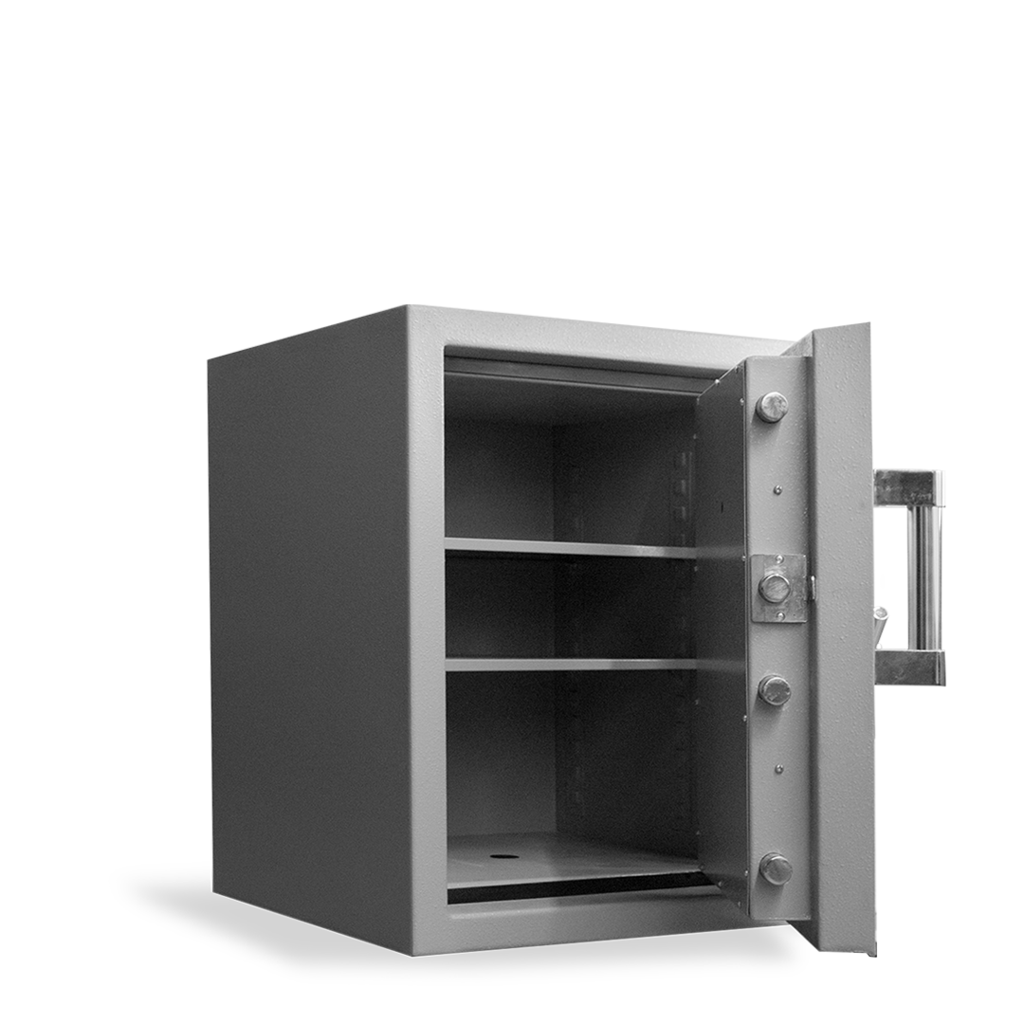
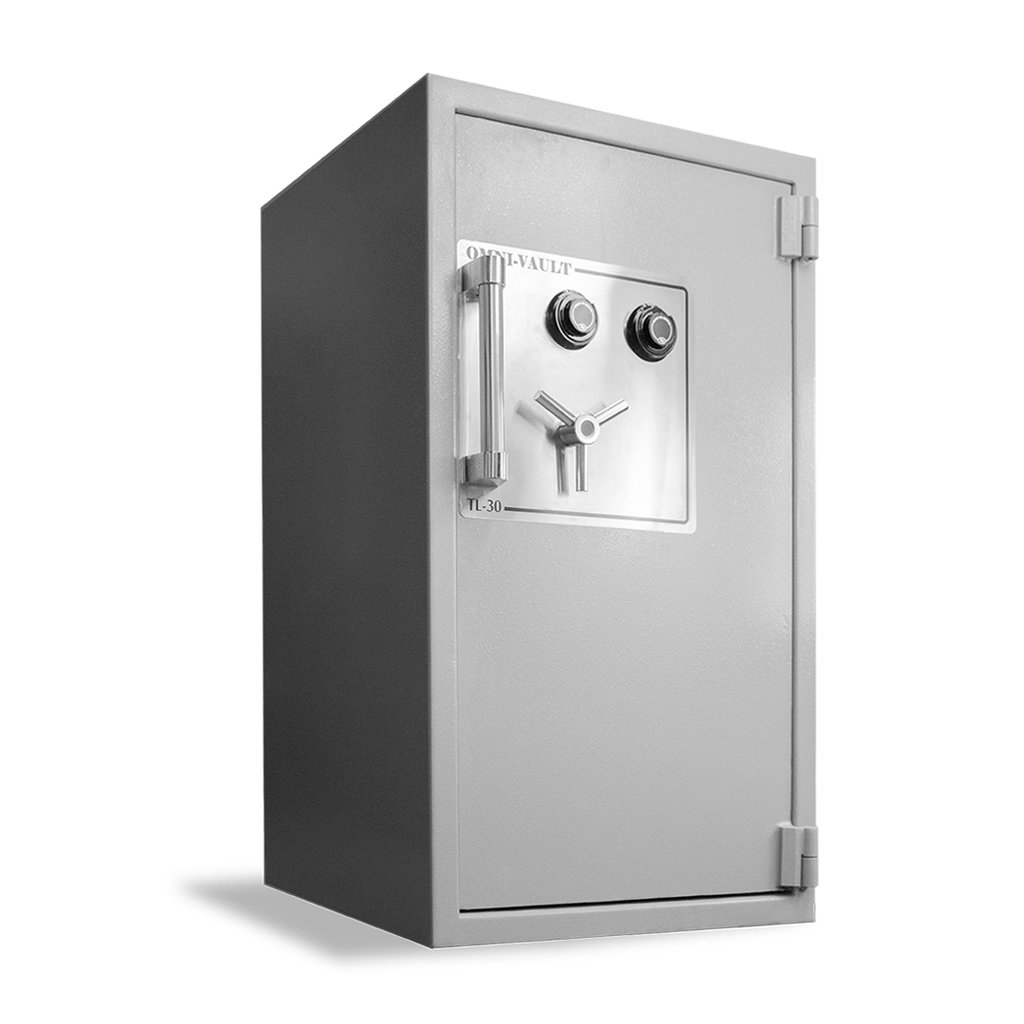
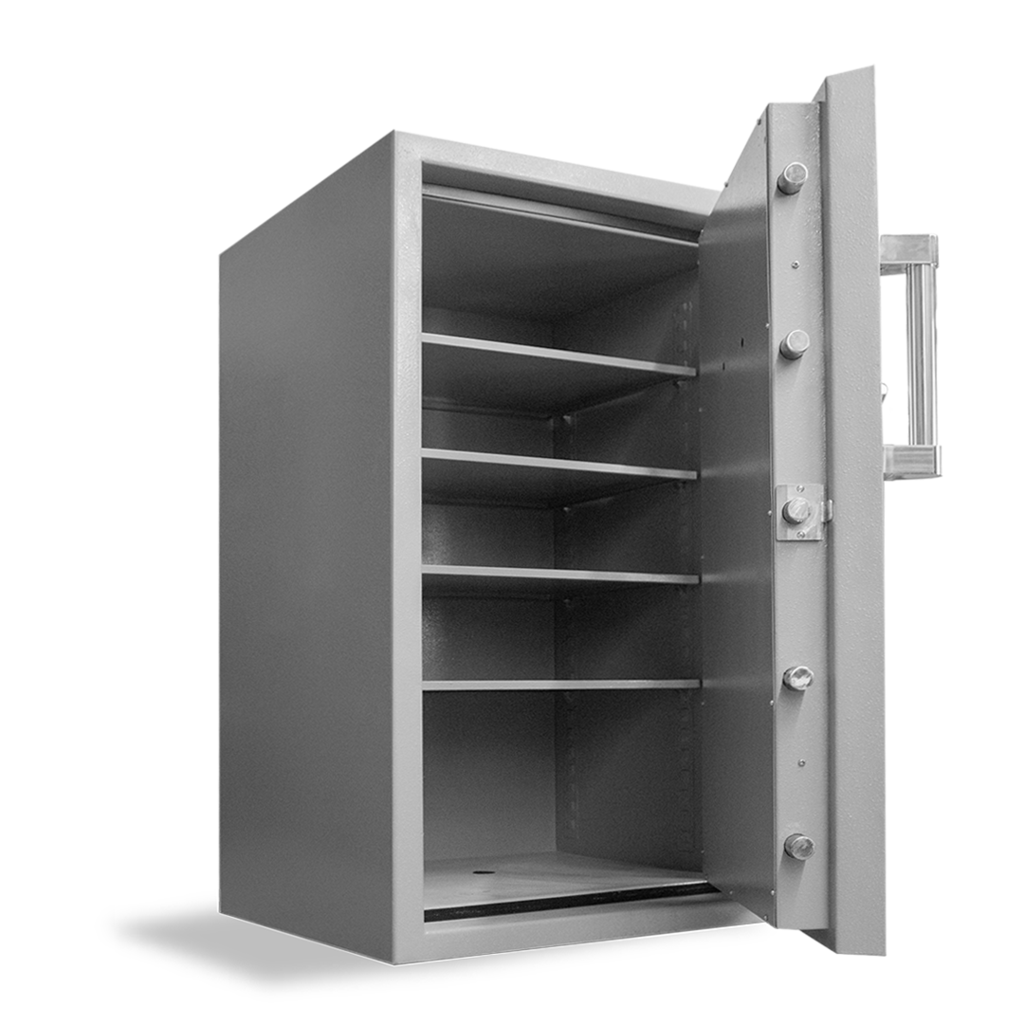
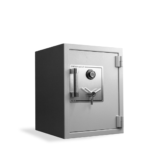
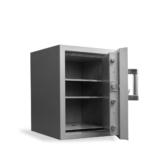
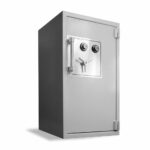
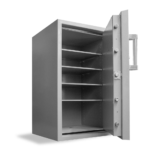
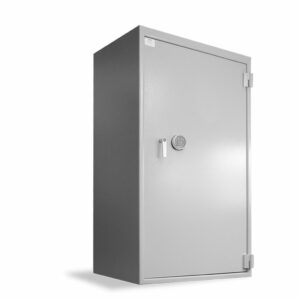

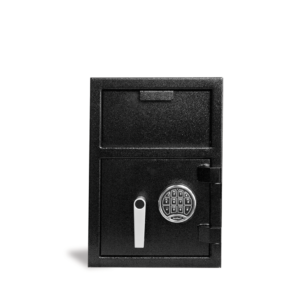
There are no reviews yet.